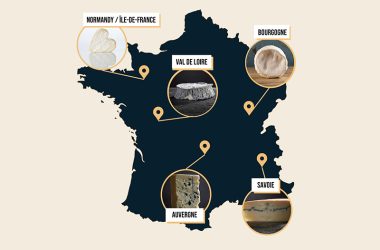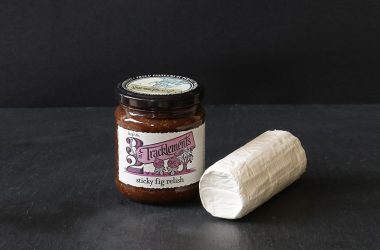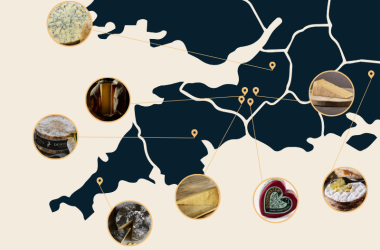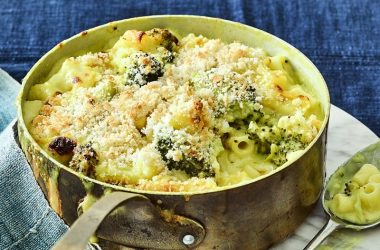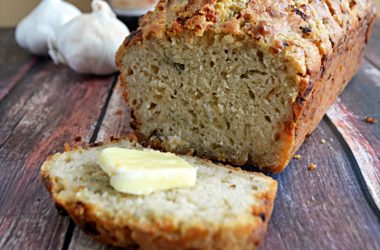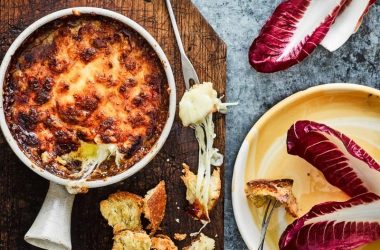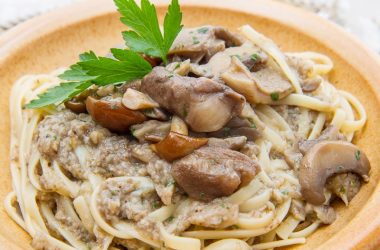The Oldest Cheeses in the World: A History of Cheese
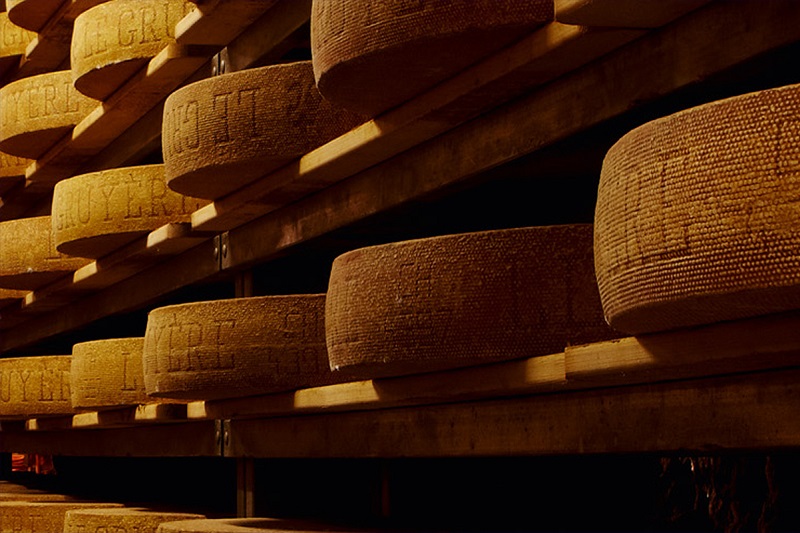
Cheese seems to be as old as humanity itself, though it’s not clear exactly when cheesemaking started. What we do know through historians is that the art of cheesemaking has been carried out for millennia.
The basic principle of separating the curds from whey, then pressing and preserving those curds is the essence of cheesemaking. When you consider these basics it would seem inevitable that our ancient relatives would naturally carry out this process, perhaps even accidentally or naturally. We take a look at the origins of cheesemaking, and how some of the oldest cheeses in the world are amazingly, still around today.
Neolithic (9000 BC – 7500 BC)
In the 1980s, scientists from Princeton University and the University of Bristol found Neolithic pottery fragments from 5,500BC in Europe. The ceramic vessels found were noted to be riddled with holes, reminiscent of cheese strainers. Biochemists analysed the molecules preserved in these pores and confirmed they were from milk fats, suggesting that people have been making cheese for up to 7,500 years. Early humans were unable to digest milk sugars, or lactose, after childhood, but traditionally made cheese contains much less lactose than fresh milk. “The making of cheese would have allowed them to get around the indigestibility of milk without getting ill”2. There is evidence of cattle domestication and milking in Anatolia (today this is the Asian portion of Turkey), and yogurt making in North Africa in 9,000BC, which could show that the regions inhabitants were trying to find ways to tolerate milk as adults.
Egypt (3200 BC)
In 2018, archaeologists unearthed a pot of solid cheese in the Saqquara necropolis, which was dated at around 3200 years old. The research team found a “solidified whitish mass” in a jar in a tomb, which upon testing, was found to have been made from cows, sheep and goat’s milk. It is said to have likely tasted very sour. The cheese-making process has been found on Cuneiform tablets dating back 4,000 years, so we know it was part of the Egyptian culture, and sometimes depicted in pictures of burial feasts which would prepare the person on their journey into the afterlife.1
The Bible (2000 BC – 100 BC)
Cheese is mentioned in the bible, but only in the old testament. There are three references – The first is in the story of David and Goliath, where David’s father tells him to take some supplies to visit his brother, which included 10 cheeses. As David’s family kept sheep, this is likely to be a sheep’s cheese, and given the climate it’s probable that hard cheeses were favoured. It is mentioned in this chapter again, when David is now the King of Israel. His men brought him supplies which included ‘cheese made from cows milk’. The final mention is in the book of Job, where Job asks God if he would ‘curdle him like cheese’. These stories are from around 2000 B.C., the Babylonia era, in which cheesemaking seems to be part of everyday life3.
Romans and Greeks (625 BC to AD 476)
Italians are well known for producing some of the world’s best cheese, so it’s no wonder that the practice was alive and well during the Roman Empire, approx. 625 BC to AD 476. It is documented that cheese was part of the standard rations for a Roman soldier, as well as being enjoyed among civilians. The cheeses ranged from soft, new cheeses and drier, aged cheese, such as Pecorino Romano which is still made according to the original recipe. Research shows some luxury houses even had special cheese kitchens, in which they’d make soft cheeses to be consumed quickly. The Romans would make their cheese using rennet which is the origins of modern cheese making, indeed Aristotle even wrote a recipe using wool stretched across bark and fig juice as a rennet to curdle milk. Pliny the Elder, a Roman author from around 70AD wrote extensively about cheese and cheese making. He mentioned Roquefort; one of the oldest cheeses that we still eat today. The legend is that a youth was eating his lunch of bread and ewe’s milk cheese when he saw a beautiful girl in the distance. He ran to meet her, forgetting his meal. When he returned a few months later the mold had transformed his plain cheese into Roquefort. By the 1400s, it’s documented to often be found on the menu at king’s banquets.
Monks (AD 1200 – 1500)
Many stories of cheeses we know and love today come from religious manuscripts written by monks. Catholic monasteries through the middle ages were often occupied with two main activities – transcribing manuscripts and farming their extensive lands. Perhaps this combination gave them the enthusiasm to make cheese and improve upon the recipes they found. They were quite innovative cheesemakers, experimenting with salt, fungi and the maturing process. Brie de Meaux, Parmesan, Tête de Moine and Pont l’Eveque can all be traced to monks and many follow the same recipes today, (though with some modernisation). Pont l’Eveque was then called Angelot (which was also the name of a coin, as the cheese was used to pay taxes and wages) and was mentioned in a 1200 AD Poem “La Roman De La Rose”4 as being the cheese that every fine meal should end with.
Cheese is engrained into every part of our history, with evidence of it being created in places such as Mongolia, China and Africa too. No wonder we love the wonderful stuff, in all it’s forms!
1 https://time.com/5371503/ancient-egypt-tomb-old-cheese/
2 https://www.nature.com/articles/nature.2012.12020
3 https://italiancheeseaholic.com/cheese-in-the-bible
4 https://www.poetryintranslation.com/PITBR/French/LeRomanDeLaRosehome.php


